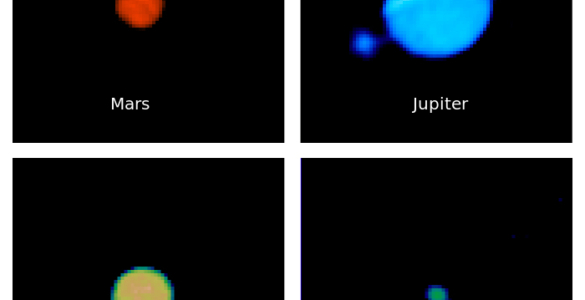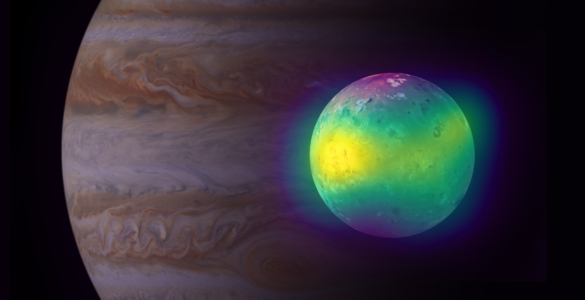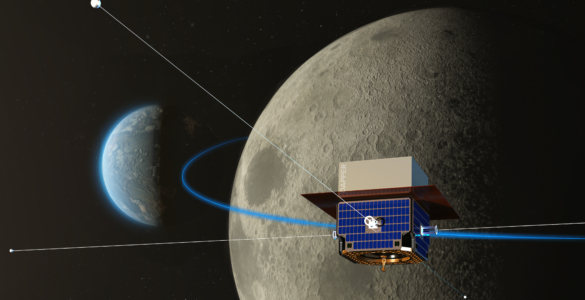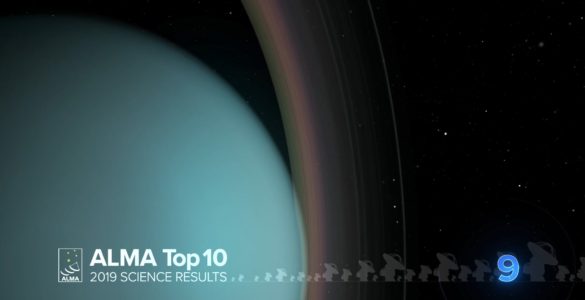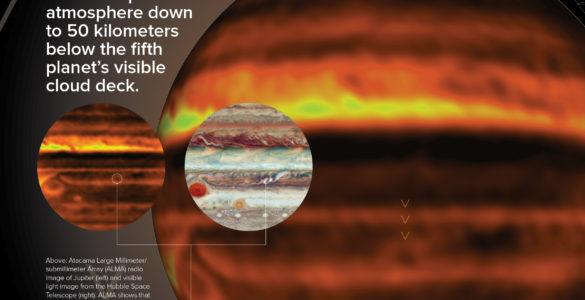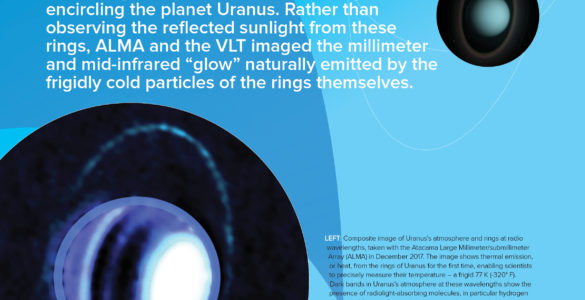Venus as Seen in Radar with the GBT
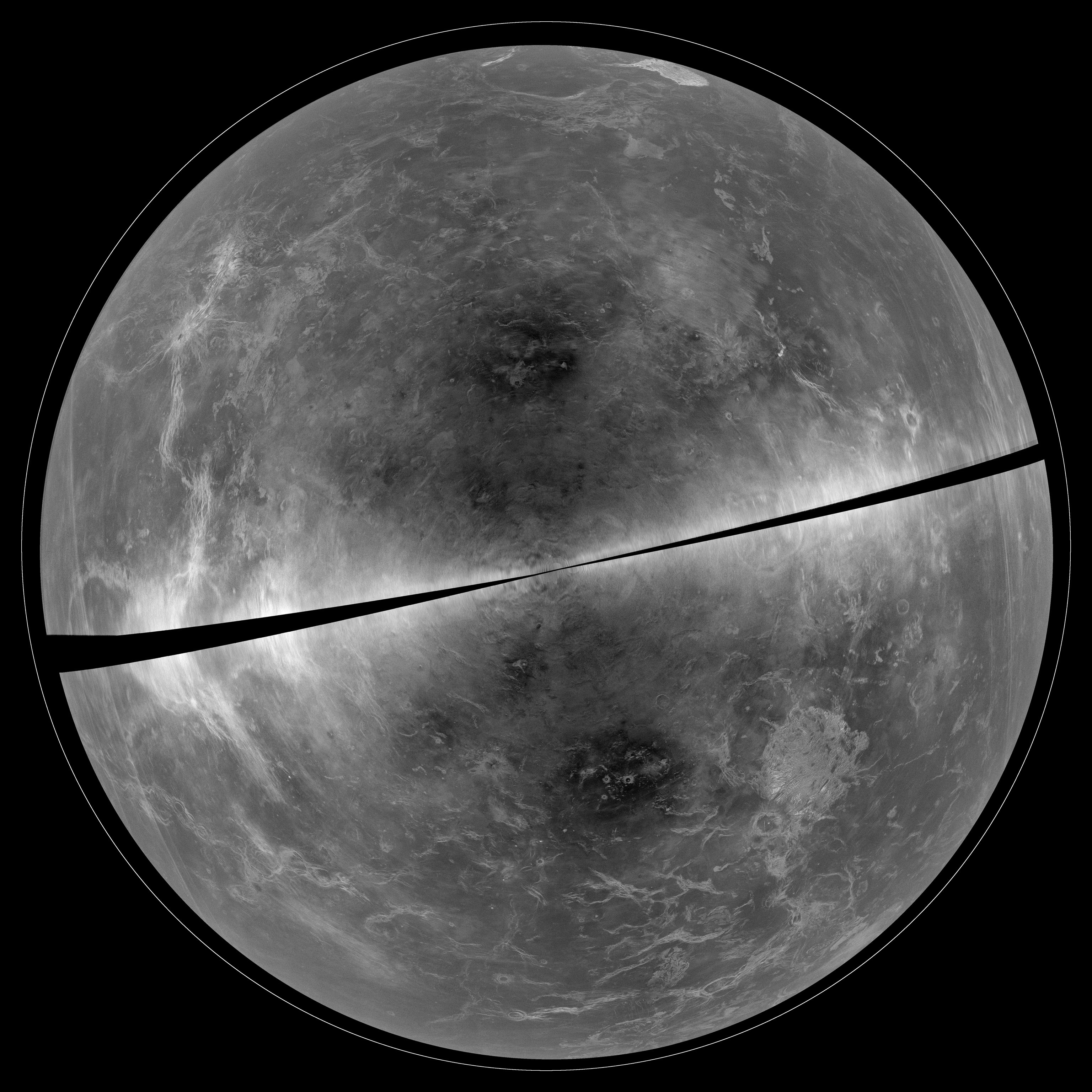
A projection of the radar data of Venus collected in 2012. Striking surface features — like mountains and ridges — are easily seen. The black diagonal band at the center represents areas too close to the Doppler “equator” to obtain well-resolved image data. By combining the highly sensitive receiving capabilities of the National Science Foundation’s (NSF) Green Bank Telescope (GBT) and the powerful radar transmitter at the NSF’s Arecibo Observatory, astronomers were able to make remarkably detailed images of the surface of this planet without ever leaving Earth. The radar signals from Arecibo passed through both our planet’s atmosphere and the atmosphere of Venus, where they hit the surface and bounced back to be received by the GBT in a process known as bistatic radar.
| Technical Details | |
|---|---|
| Telescope | GBT; Arecibo |
| Band | -; - |
| Date | 2012; 2012 |






